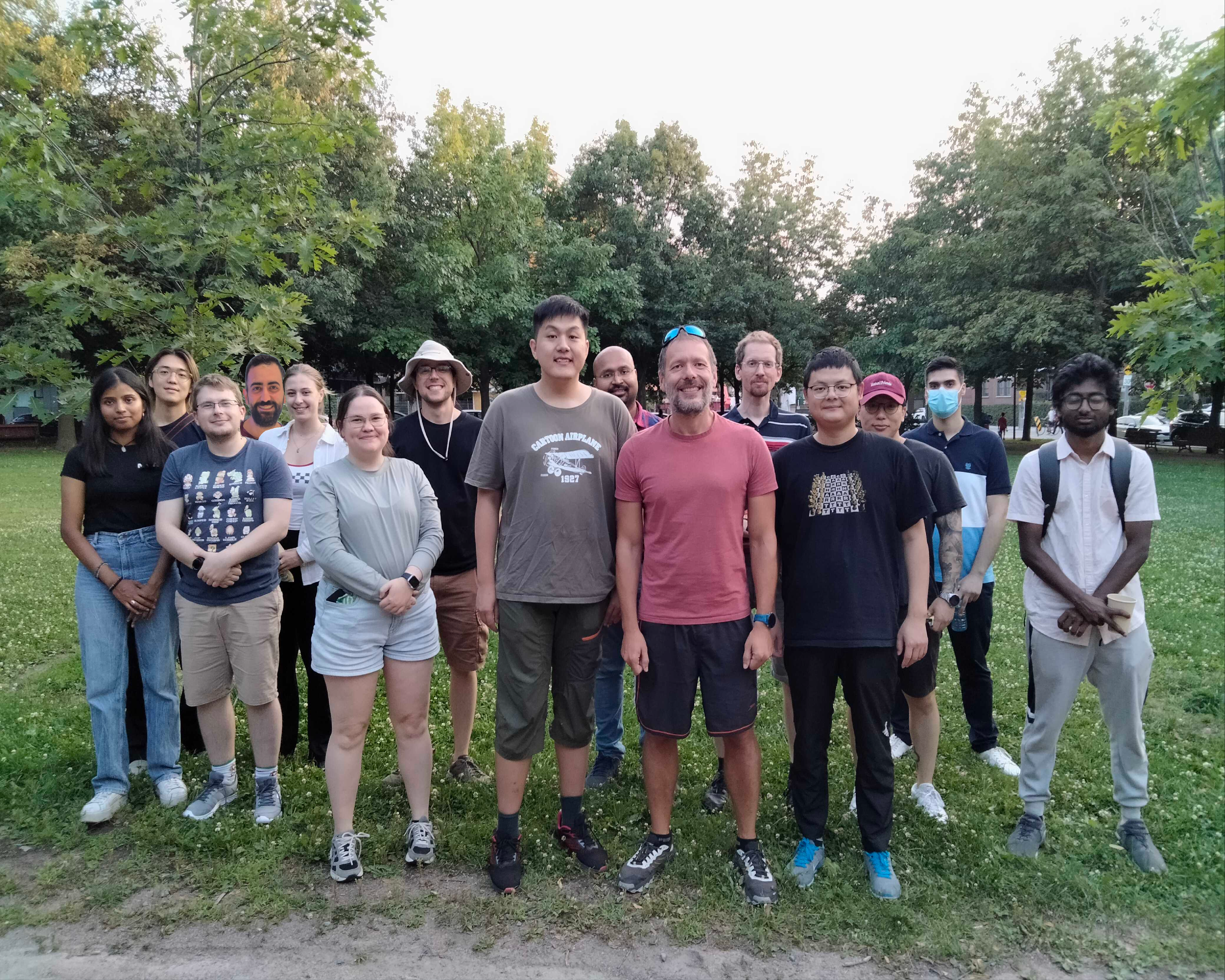Team ASTROLITH
Polytechnique Montreal
The Team
Team Astrolith at Polytechnique Montréal is led by Dr. Giovanni Beltrame and Dr. Pooneh Maghoul, with members from the MIST Lab and Uncharted AI.
The team also collaborates with experts across various departments, including Chemical, Mechanical, and Electrical Engineering. The MIST Lab at Polytechnique Montréal, one of Canada’s leading engineering institutions, has an internationally recognized reputation in multi-robot systems and intelligent embedded systems, with over 150 scholarly papers and more than 30 active researchers. Dr. Beltrame, the lab’s director, is a pioneer in swarm robotics and has led field missions with NASA, CSA, and ESA, advancing perception, coordination, navigation, and control in multi-robot systems. Uncharted AI, our industrial partner, is a startup focused on developing autonomous robotic systems for the mining industry. The company has secured pre-seed funding and is actively developing prototype mining and prospecting equipment.
The Solution
The system consists of two main components:
1. Kirb-e – a 45kg autonomous mobile robot equipped with an X-Arm 5 manipulator for excavation. It autonomously navigates from the deployment zone, collects regolith, and transports it to the sorting system.
2. Static Sorting System – a 15kg classifier using a sieve mechanism to separate materials by particle size.
The system is designed for high energy efficiency, consuming:
1. <200 watt-hours for excavation
2. <100 watt-hours for sorting
3. Over 2.5-hour operational cycles
The technology has been field-tested in extreme environments, including deserts and snowy conditions, to validate mobility and functionality.
The system integrates advanced perception and planning frameworks, offering both autonomous and teleoperated control via a custom ground station.
The sorting system employs a gravity-fed, multi-stage sieve mechanism to efficiently classify regolith by particle size, including those optimal for oxygen production. The system is designed to function in lunar gravity, with some adaptations for lunar deployment.
Space readiness will be addressed through choice of components for radiation tolerance and a rocker-bogie suspension designed for lunar gravity, following NASA and European Space Agency standards. This solution represents a major step forward in practical in-situ resource utilization (ISRU) for future lunar missions.
